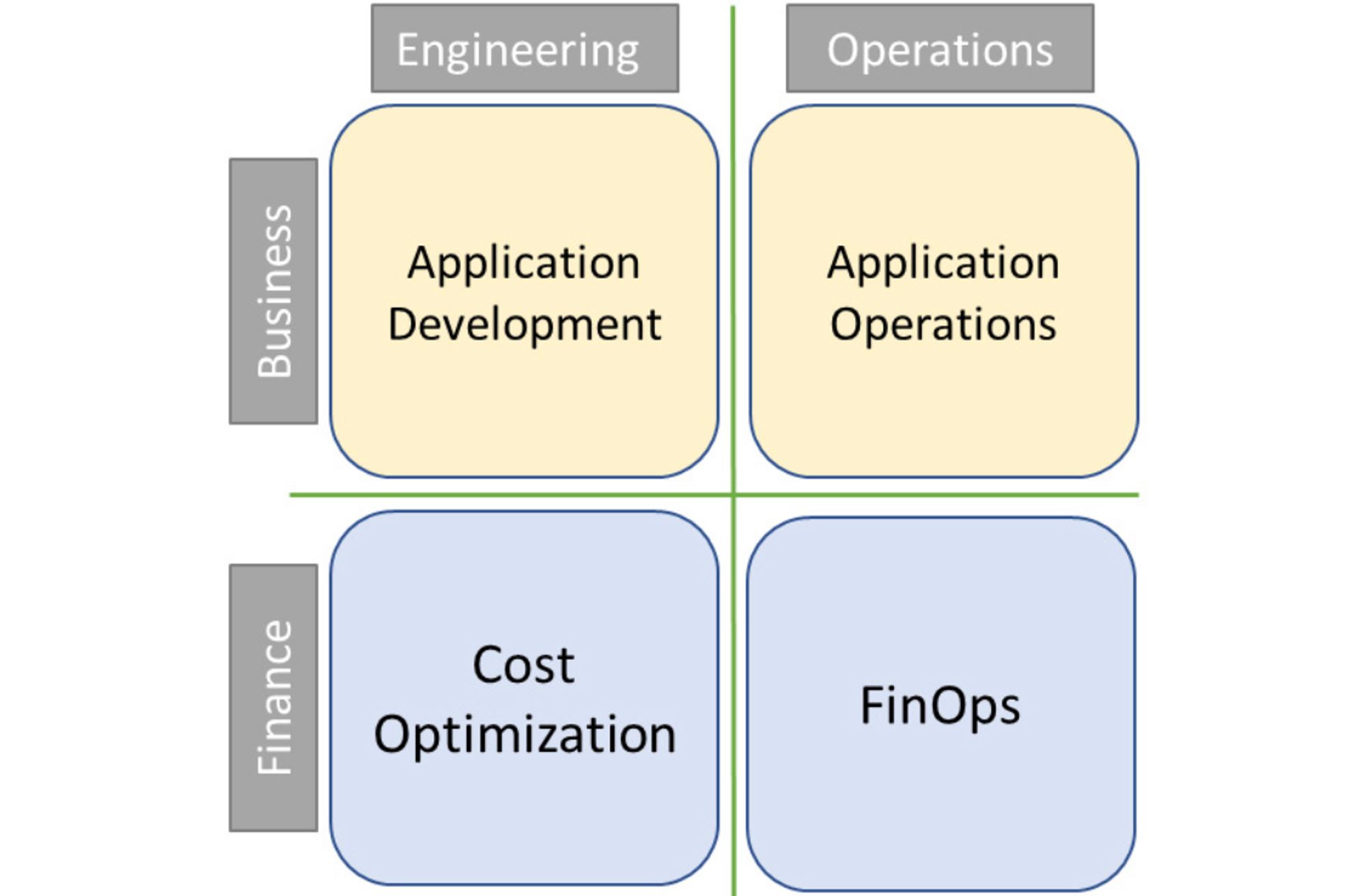AWS Cost Optimization Basics

Introduction
As more and more businesses adopt cloud computing, the cost of cloud infrastructure is becoming a major concern. AWS is one of the most popular cloud service providers, but costs can quickly add up if you’re not careful. In this post, we’ll discuss some strategies you can use to optimize your AWS costs and get the most out of your cloud infrastructure.
With the increasing adoption of the cloud, many organizations are turning to Amazon Web Services (AWS) to power their applications and services. While AWS offers many benefits such as scalability and flexibility, it can also come with a hefty price tag if not properly managed. Therefore, it is essential to develop cost optimization strategies to ensure that you are only paying for what you need and use.
In this blog post, we will discuss some of the most effective AWS cost optimization strategies that can help you save money on your AWS bill.
Rightsizing
One of the most effective AWS cost optimization strategies is rightsizing. This involves matching your resources to your actual needs. AWS offers a wide range of instance types, each with varying sizes and capabilities. Many organizations tend to overprovision their resources, resulting in underutilization and wasted money. By analyzing your usage patterns and choosing the appropriate instance type, you can reduce costs without sacrificing performance.
Rightsizing is particularly useful for organizations that have varying workloads. By adjusting your instance types based on your workload, you can save a significant amount of money on your AWS bill. AWS provides tools such as AWS Cost Explorer and AWS Trusted Advisor that can help you analyze your usage patterns and recommend the appropriate instance types.
Reserved Instances
Reserved Instances (RIs) are another cost optimization strategy that can help you save money on your AWS bill. RIs are a billing construct that allows you to commit to using a specific instance type in a particular region for a one or three-year term. In return for your commitment, AWS provides a discount of up to 75% off the on-demand price. By purchasing RIs for your long-term workloads, you can significantly lower your AWS bill.
RIs are particularly useful for organizations that have predictable workloads. By committing to a specific instance type for a longer period, you can save a significant amount of money on your AWS bill. AWS provides tools such as AWS Cost Explorer and AWS Trusted Advisor that can help you analyze your usage patterns and recommend the appropriate RIs.
Tagging
Tagging is a simple yet effective cost optimization strategy that is often overlooked. Tags are labels that you can apply to your AWS resources to help you identify and organize them. By using tags, you can easily track your resource usage and allocate costs accordingly. This helps you to identify any resources that are not being used or are underutilized, allowing you to optimize your resource usage and reduce costs.
Tags can be used to categorize your resources based on their purpose, owner, environment, or any other relevant criteria. By categorizing your resources, you can easily track their usage and identify any that are not being used or are underutilized. AWS provides tools such as AWS Cost Explorer and AWS Resource Groups that can help you track your usage based on tags.
Conclusion
By implementing these cost optimization strategies, you can significantly reduce your AWS bill without compromising on performance or functionality. By rightsizing your resources, purchasing RIs, and using tags to track your resource usage, you can ensure that you are only paying for what you need and use. With proper cost optimization, you can maximize the benefits of AWS while minimizing the costs.
AWS provides various tools and services that can help you optimize your costs, such as AWS Cost Explorer, AWS Trusted Advisor, and AWS Resource Groups. By regularly analyzing your usage patterns and implementing cost optimization strategies, you can save a significant amount of money on your AWS bill.
In conclusion, cost optimization is an essential aspect of managing your AWS resources. By implementing the strategies discussed in this blog post, you can ensure that you are only paying for what you need and use, and maximize the benefits of AWS while minimizing the costs.
Reference
- Peter Chung, AWS FinOps Simplified
https://www.digitalocean.com/blog/understand-your-cloud-bill